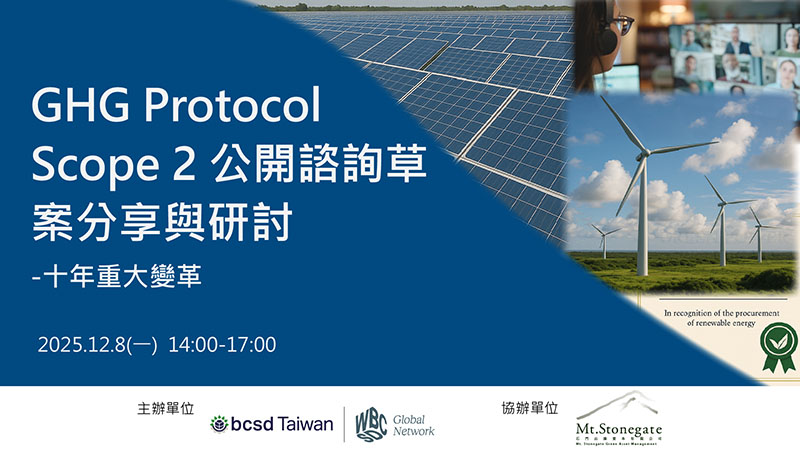Nature-based solutions | White Paper
- Oct 17, 2021
- 3 min read
Updated: Aug 1, 2022

Introduction
Nature-based solutions or natural climate solutions are projects that protect, transform, and restore ecosystems to the growth of human well-being and biodiversity. Planting forests and restoring the blue carbon ecosystem are few examples. It can reduce greenhouse gas (GHGs) emissions by capturing and storing the additional carbon dioxide (CO2) from the atmosphere. These pave the way to the carbon credits market in offsetting carbon emissions in which Intergovernmental Panel on Climate Change (IPCC) emphasizes its urgency.
Project Types
The common nature-based solutions for climate change include forests, peatlands, mangroves, wetlands, savannahs, coral reefs, and other landscapes. World Wide Fund for Nature (WWF) considered these as win-win solutions that in
volve protecting, restoring, and sustainably managing ecosystems to address society's challenges and promote human well-being.
Nature-based projects to carbon credits
Nature-based projects can be converted to carbon credits as it reduces, avoids, and remove carbon emissions in the atmosphere providing co-benefits
to the community. These projects should be verified by the third-party agencies to be internationally recognized by independent accreditation organizations such as Verra— the world’s largest voluntary GHG program. Removal of GHGs emissions represented by credit which is equivalent to 1 ton of CO2. Various methodologies and frameworks were published to aid the market such as Reducing Emissions from Deforestation and forest Degradation (REDD+) by United Nations Framework Convention on Climate Change (UNFCCC). REDD+ aims to incentivize developing countries to reduce GHGs from their forested lands.
REDD+ impact the carbon credits market
According to Ecosystem Marketplace’s State of Voluntary Markets 2021 report, the significant increase in REDD+ projects impacts the rise of volume (MtCO2e) of forestry and land use activities by 30.9% compared to 2020. REDD+ projects under Verra are applicable for emissions reduction activities from forest degradation, planned (APD), unplanned (AUDD) deforestation. Projects can be combined with Afforestation, Reforestation and Revegetation (ARR) activities, and Wetland Restoration and Conservation (WRC) activities. However, REDD+ projects continuously received controversies regarding control leakage and quantification of carbon reduction, that some verified organizations such as the Gold Standard, are now withholding carbon credits from such projects.
Industry leaning towards nature-based carbon credits
The increased investment on nature-based carbon credits are comes from the pressure from IPCC to limit global warming to 1.5 °C. This resulted from the outgrowth demand from various industries specifically the oil and gas industry in dominating the nature-based carbon market. For instance, Shell and BP integrated nature-based carbon credits in their products such as offering carbon neutral liquefied natural gas at a premium price. This addresses the emissions footprint of their customers, as well as their company’s carbon intensity. Also, Apple launched a carbon removal initiative known as the “Restore Fund”, financing forestry projects of USD 200M to remove at least 1 million metric tons of CO2 annually.
Future of nature-based carbon credits
Study shows that nature-based solutions can provide more than
37% of the emissions reductions needed to limit global warming. By investing in nature-based carbon credits, companies provide numerous benefits to the communities for taking the forest, and to threatened species in critical habitats. Currently, forestry and land use, and renewable energy activities are dominating the voluntary carbon credits markets. It is expected that forest and land-use activities will continue to rise as big corporations have been started to pledge to afforestation and reforestation projects.
In the future, we anticipate stricter protocol on nature-based carbon nature-based carbon credits to be put in place to ensure the credibility of carbon credits. This includes improved consistency and accuracy of quantified emissions reductions. Driving up the demand for natural-based carbon credits.
For more information on nature-based solutions or to navigate opportunities in the carbon credits market, reach out to us at www.mtstonegate.com/contact.




Comments